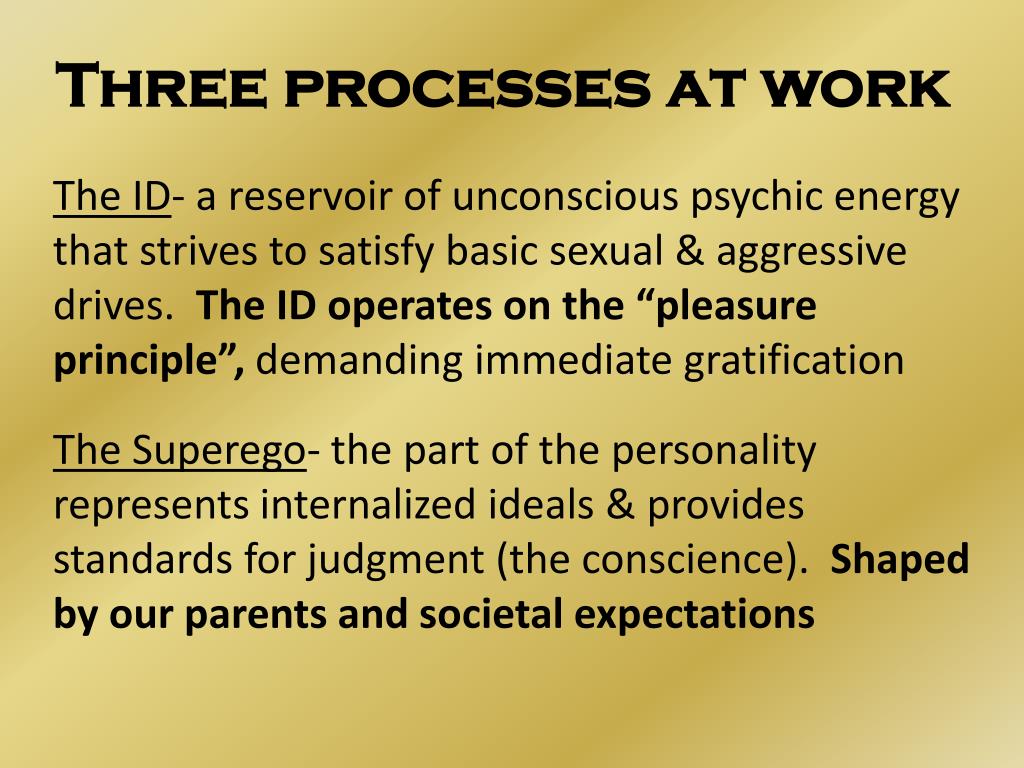
Creating a customized customer service training plan to address specific weak points in your organizations customer service is one of the most effective ways to improve your organizations customer service. To contact FDA’s CDER Patient-Focused Drug Development Program Staff, please email get updates about CDER's Patient-Focused Drug Development programs, subscribe to our free email subscription service using the button at the top of the page. This makes identifying and solving problems with your customer service a crucial part of increasing your profits and brand reputation. Public Workshop: Patient-Focused Drug Development: Guidance 4 – Incorporating Clinical Outcome Assessments into Endpoints for Regulatory Decision Making.The guidance will include information on the format and content required for regulatory submissions incorporating patient experience, in particular COA data. This includes methods to define meaningful change in a COA-based endpoint and interpretation of results. The guidance will also address methods to better incorporate COAs into endpoints that are considered significantly robust for regulatory decision-making. Guidance 4 will address methodologies, standards, and technologies that may be used for the collection, capture, storage, and analysis of clinical outcome assessment (COA) data. Qualitative Research Using a Single Focus Group (PDF-115KB).


#IDENTIFY PROCESS 3 SERIES#
This series of guidance documents is intended to facilitate the advancement and use of systematic approaches to collect and use robust and meaningful patient and caregiver input that can better inform medical product development and regulatory decision making.
#IDENTIFY PROCESS 3 HOW TO#
The final step is to understand what motivates the stakeholders and how to gain their confidence with the eventual results.FDA is developing a series of four methodological patient-focused drug development (PFDD) guidance documents to address, in a stepwise manner, how stakeholders can collect and submit patient experience data and other relevant information from patients and caregivers for medical product development and regulatory decision making. The next step is to prioritize stakeholders by influence and impact and to plot this on an Influence/impact Matrix (illustrated below). One of the best ways to identify stakeholders is to plot them on an Influence/impact Matrix. Consider everyone affected by the supply decision, those who have influence or power over it, and those who have an interest in its outcome. The first step in identifying key stakeholders is to brainstorm. Failure to identify key stakeholders early in the supply process can create additional risks to the success of the project. It is important to collect and assess the interests of all stakeholders, who may represent different client groups, and to resolve conflicting needs.

Stakeholder opinions and attitudes are formulated in the Conceptualize Need task of USPS Supplying Practices Process Step 1: Identify Needs. It is imperative that the key stakeholders are identified during the preliminary stages of the purchase process. Stakeholders are individuals or groups that are affected by, or able to influence, the SCM business practices employed.


 0 kommentar(er)
0 kommentar(er)
